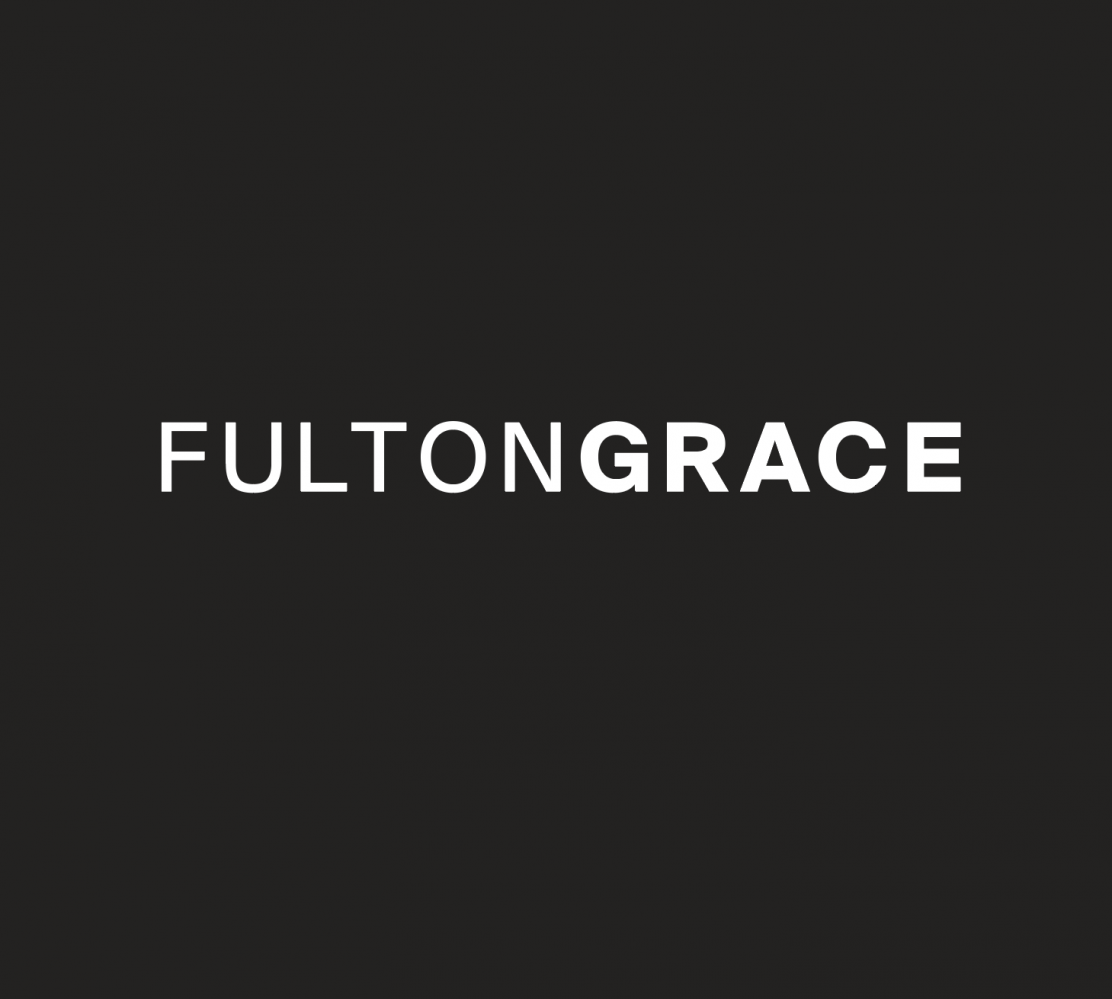Evanston is more than a neighborhood, it’s a university town. Situated as part of the North Shore of Chicago, it’s twelve miles north of downtown with the lake situated to the east and Skokie to the west. North of Evanston is the area of Wilmette, and south is downtown Chicago. Evanston is a very interesting place, as it is home to the world-famous Northwestern University. As a classic ‘college town’ that’s part of one of America’s best cities, Evanston is a diverse and scenic area with many restaurants, beaches, and attractions. We’ll get into the history behind Evanston and Northwestern and how it all fits into Chicago here in the article below.

At first, the area was just called ‘Grosse Pointe.’ That was the catch-all name French explorers called the lakefront, but that all changed in 1851 when Northwestern University got started. The school opened its doors in 1855, and one of the university’s founders was named John Evans. Hence the name ‘Evanston.’

As the university grew, so did the area. But one of the most well-known buildings in Evanston is one of the oldest, the lighthouse! Situated on the shores of Lake Michigan, the Grosse Point Lighthouse was built in 1874. Surrounded by many beaches and the distant Chicago skyline, this attraction draws crowds all year.

The combination of the bucolic location and prominence of the university meant that progress happened in Evanston quickly. The city received power in 1893, and people lined Emerson Street as the street lights were turned on for the first time. Architects rushed to build homes here in many different styles; Queen Anne, Victorian Gothic, Italianate, and Neoclassical among others. Nowadays these homes and others help compose the historic Lakeshore District. The most famous of these is the Charles Gates Dawes House, a 25-room mansion once owned by the recipient of the 1925 Nobel Peace Prize. It is now the Evanston History Center and can be toured.

The nearby university also meant Evanston grew as a hub of arts and culture. In 1908, the first elevated trains began running between Evanston and downtown Chicago, linking both areas. These trains were expanded by the CTA in 1949; it’s now named the Purple Line after the colors of Northwestern University. Speaking of arts and the university, one of the region’s best bargains can be had at the Block Museum. This art museum was founded in 1980 when Mary and Leigh B. Block donated funds to Northwestern for an art exhibition venue. There are over five thousand pieces of art inside, including pieces by Andy Warhol and Edward Steichen. And all can be seen for free! The museum (and its sculpture garden, added in 1989) are of no cost to visitors.

In modern times, the city is thriving with a diverse and educated community living amongst the lakefront, downtown, and university. The cultural and ‘foodie’ scenes are vibrant and can rival anywhere else in Chicago. Take the ‘Purple Line’ or get in your car and head up Lakeshore Drive to see one of Chicago’s best areas.
WHO IS FULTON GRACE?
We are one of Chicago’s leading providers of comprehensive real estate services. We are home to an ever-growing team of savvy & reputable local realtors, seasoned property managers, and customer-service-oriented staff. Whether you’re looking to find a new home, sell your home, or have your property managed, let us be your trusted real estate advisors.
